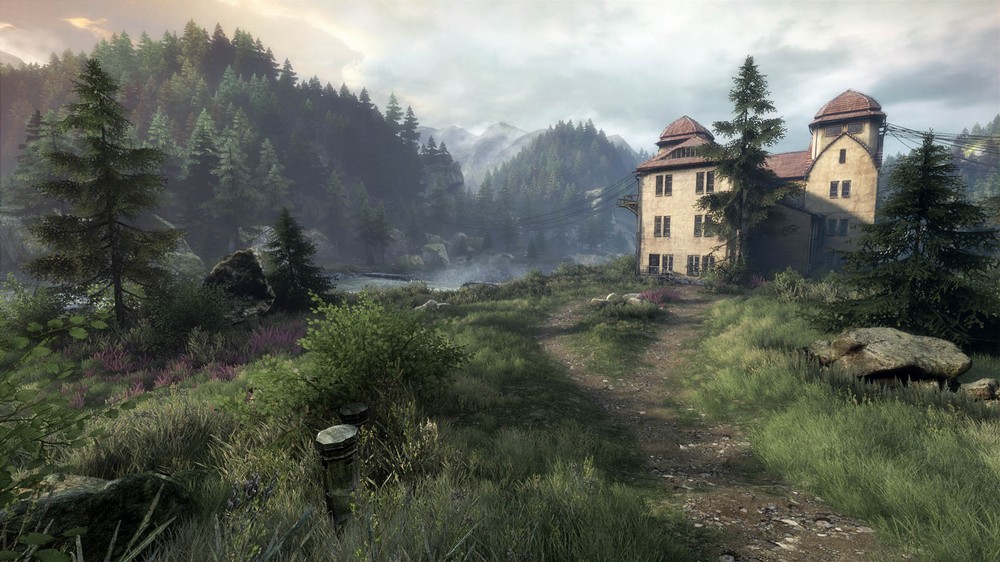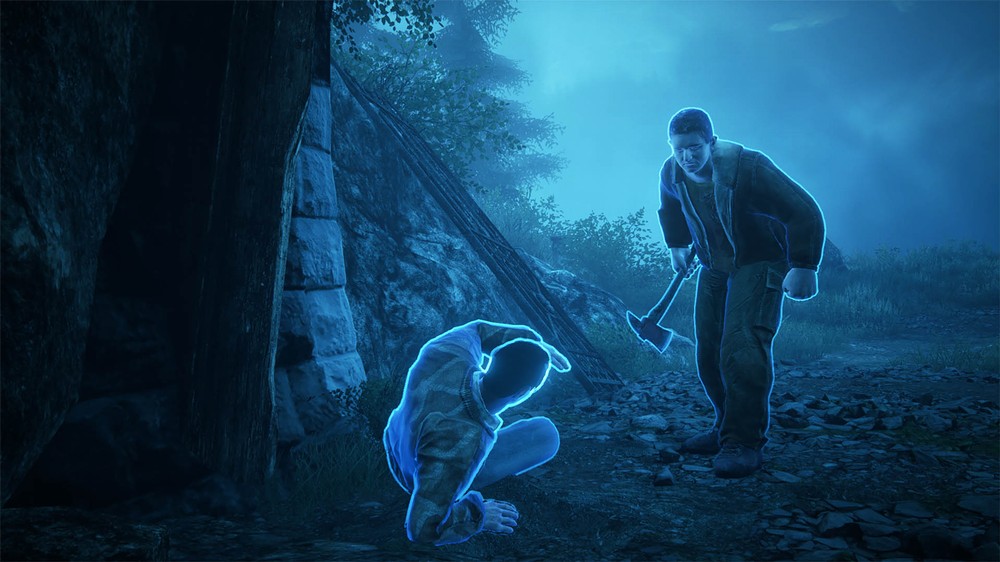Movie lovers already know that a movie that is converted to 3D after filming is never quite as good as one that was shot in 3D from the start. That’s the best analogy I can come up with for why The Vanishing of Ethan Carter is so bad on Oculus Rift. Don’t get me wrong; I love the game or at least the 2D version (included with VR version) when played on a traditional monitor. I can crank that sucker up and output some photorealistic 4K visuals that will transport you into the game way better than any VR headset; especially when VR means sacrificing a lot of that visual fidelity and trading it in for some poor controls that will have your stomach in knots within an hour.
The Vanishing of Ethan Carter is mostly a “walking simulator” that puts you in the shoes of paranormal private detective, Paul Prospero, who wanders into the sleepy town of Red Creek Valley in search of a missing boy. That’s pretty much all the setup you need to encourage you to explore the lush countryside and check out every abandoned property in this once scenic village. There is no real action or combat in the game and even the few things that can be called “puzzles” won’t melt your brain. It’s more of an interactive piece of fiction that surprisingly sucks you in with its engaging atmosphere and stunning presentation.
I had already played a bit of The Vanishing of Ethan Carter in 2D prior to the VR DLC on Steam and the Oculus standalone release. One of the biggest selling points of the game is the gorgeous visuals and much of that is lost the moment you slip on the Oculus Rift. The resolution is lower, the framerate is lower, and the screen-door effect is much more prominent than in games made for VR. This lower resolution also makes reading the numerous bits of written material more challenging and could cause headaches over time. There also seems to be a discrepancy between where you are looking and what you can touch/interact with, which is more annoying that physically painful.
The ability to look around by simply moving my head was a cool idea, but this is a seated game, so looking behind me was problematic, and if you shift your gaze while walking you will move toward your focal point effectively overriding your controller input. This disconnect is almost certainly responsible for widespread reports of motion-sickness, and in fact, Ethan Carter is the only game out of 40+ Rift titles that I had to stop playing because of nausea. Admittedly, there are vomit-avoiding tweaks you can make to the controls and visuals, but you end up turning your game into a 1995 version of Myst with a point-and-click teleport movement system. Other games have an option to move your head independent of your body, and such an option would have fixed the problem here.
The bottom line is that The Vanishing of Ethan Carter is a fantastic piece of interactive storytelling and a gorgeous game when played in 2D on a traditional monitor or 4K TV, but the VR conversion is a mess and essentially strips away the key reasons you would want to play in the first place. The Oculus store has this for $29, which is the same as Steam store VR bundle, but at least the Steam store lets you buy just the non-VR version for $20, which is my recommendation for any would be paranormal detectives who want to get lost in some scenic views and a sinister tale of murder.
















